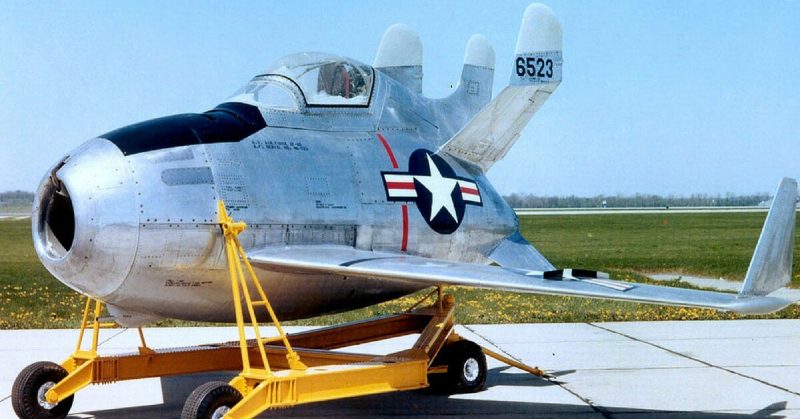Imagine WWII-era bombers serving as motherships for egg-shaped fighter jets dropped out of the bomb bay. Sound like a Si-Fi flick? Well, it’s not. Enter the awesome XF-85 Goblin.
During the Second World War and shortly afterward a project entitled XF-85 Goblin was created to provide long-distance bombers with the protection they desperately needed, by serving as a “parasite fighter.” The concept of a parasite fighter was extremely radical during those years, but as it was unsuccessful, the idea does not seem any less extreme today.
In the last years of WWII aerial technology was skyrocketing. The long-distance bombers were capable of performing 5,000 km flights, while the fighter-class aircraft could not keep up. Without an escort, the planes were extremely vulnerable and had to rely on their own gunners, who had a tough time fighting off enemy interceptors.
Typical fighters of the period such as the P-47 Thunderbolt and P-51 Mustang were falling behind the next generation of American bombers such as the Northrop B-35 or Convair B-36. Mid-air refueling technology was still being developed, and the cost of designing and producing a long-distance fighter was extremely high. The US Air Force turned to a more out-of-the-box and into-the-bomb-bay way of thinking.
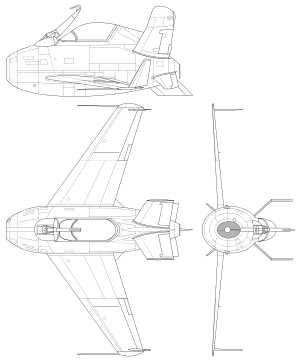
Such an aircraft was requested as early as 1942, but it was not until 1948 that the Goblin made its first flight. The XF-85 was intended to be dropped by a trapeze from the belly of a converted EB-29B Superfortress, but an accident occurred during the first flight tests.
The XF-85 was dropped too early, and it crashed to the ground from a height of 12 meters. The damage was substantial, but there were no casualties.
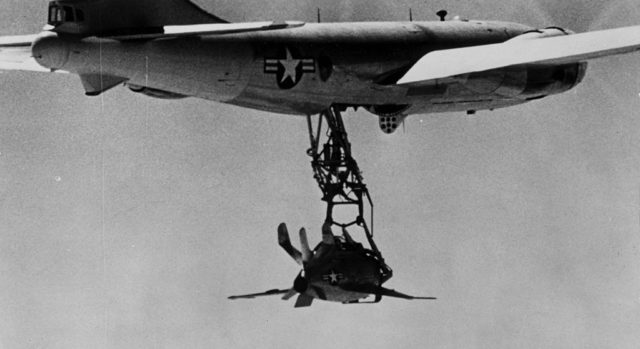
Edwin Schoch was the test pilot who managed to conduct the first successful flight, dropping from the mothership at the height of 20,000 ft (6,000 m), and achieving the speed of 250 mph (400 km).
The Goblin had proven it was capable of detaching itself successfully from the mother ship, but there was a problem when it came to reattachment. The aircraft was acutely sensitive to the bomber’s turbulence, and the air cushion created between the two airplanes. After four unsuccessful attempts, Schoch was forced to crash land. He survived, but the prototype was once again severely damaged.
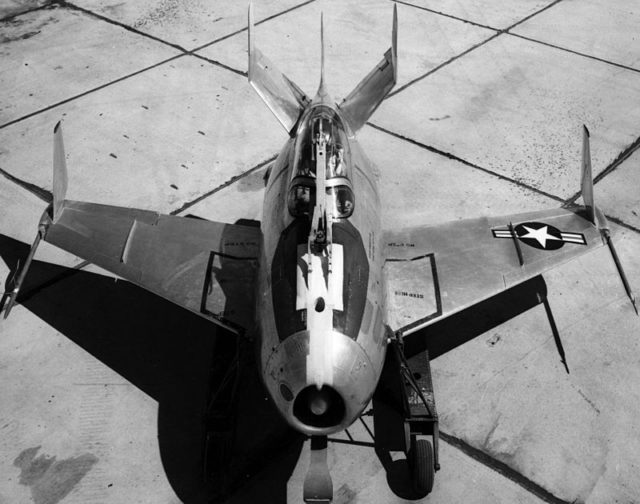
Seven flight tests were carried out after the first one. However, they all ended with a belly landing. Edwin Schoch heroically conducted the tests and avoided death every time.
These failures led to the cancellation of the project, after several other proposals which would have radically changed the design of the aircraft by adding delta-shaped wings.
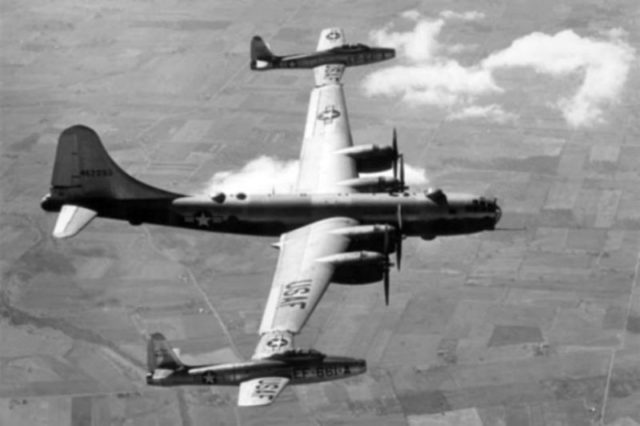
Although the XF-85 project was canceled, the research was used for other parasite fighter designs such as Project MX-106 “Tip Tow”; Project FICON; and Project “Tom-Tom.”
Of the three, only Project FICON (short for fighter-conveyor) saw limited service with the Strategic Air Command in 1955–1956. The concept was then abandoned.
The two XF-85 prototypes were exhibited at the National Museum of the United States Air Force at Wright-Patterson Air Force Base in Ohio and the Strategic Air and Space Museum in Ashland, Nebraska, where they remain.
